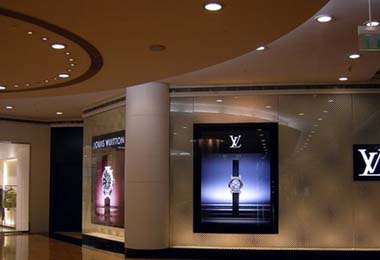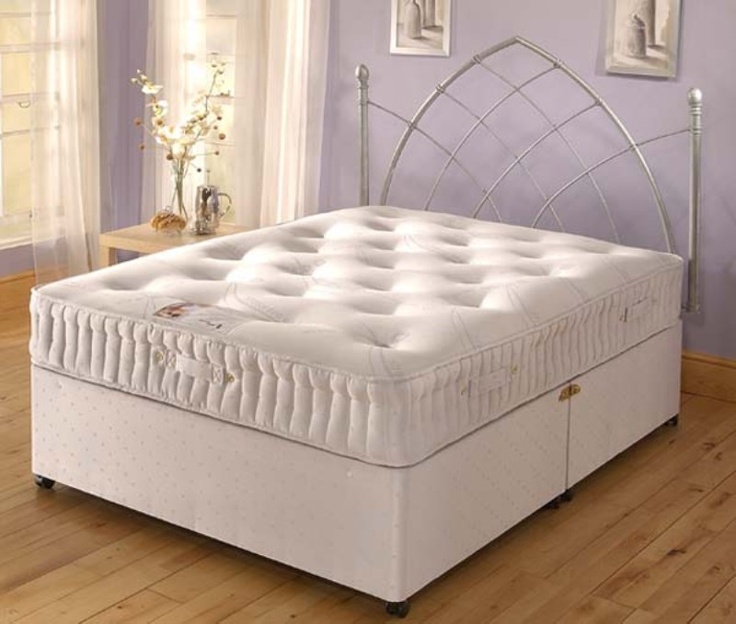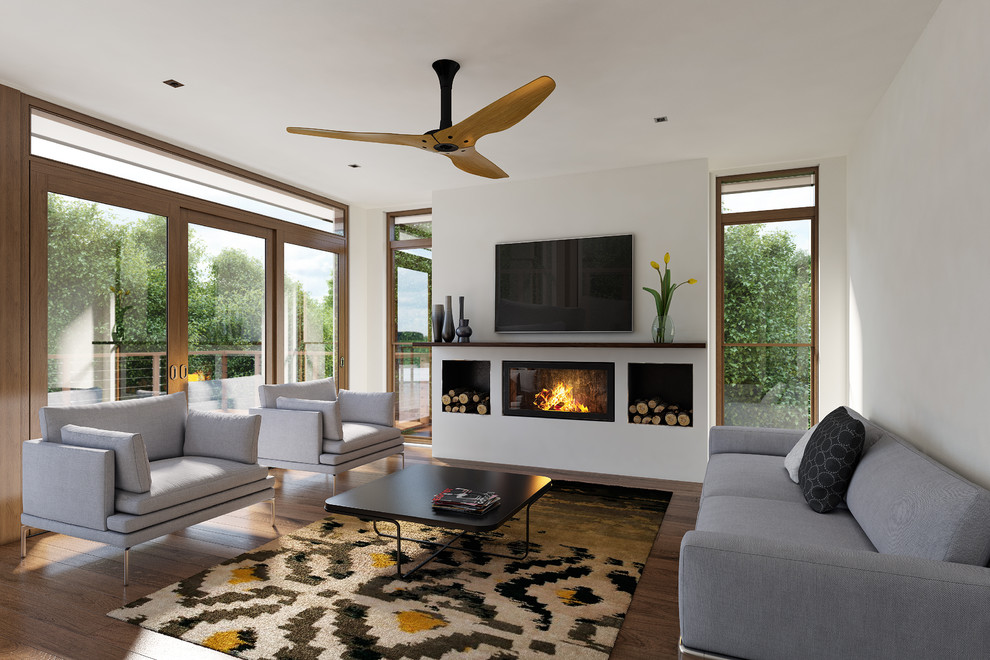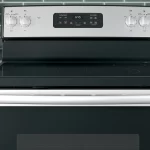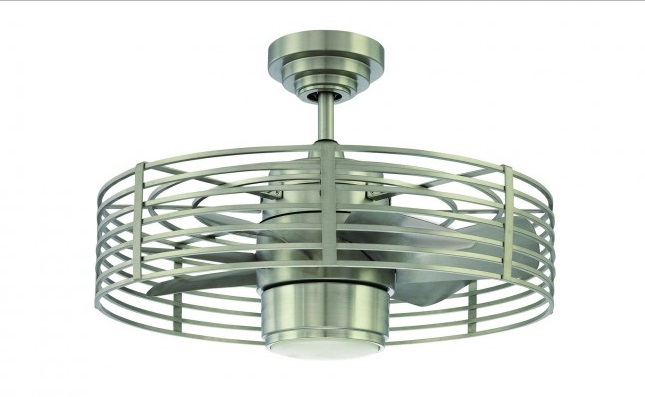Vintage Edison Bulbs and Cool Lamps are Most Highlighted in Lighting Projects
You do not need an elaborate lamp, the grace is in the lamp itself. That’s what decorators, architects or professionals in the area say when it comes to vintage edison bulbs and cool lamps. If the name seems strange, a brief explanation: in this type of lamp, the filament forms a kind of drawing inside the glass bulb, with a light of lesser intensity.
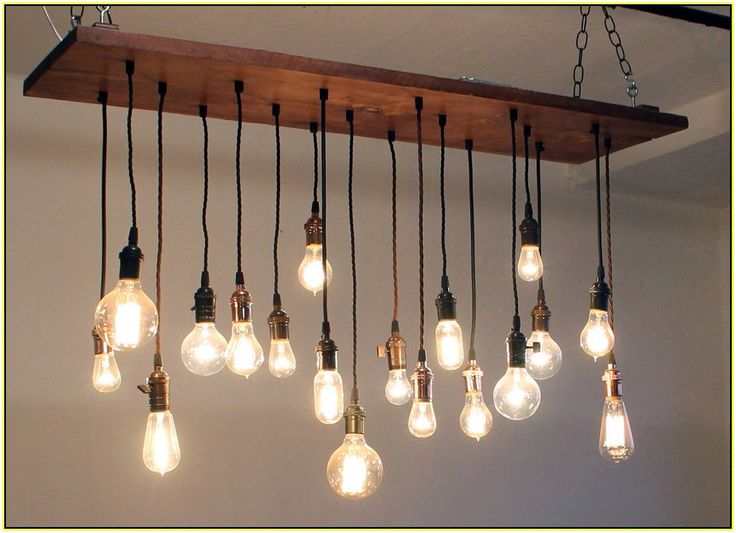
These new models can be considered a rereading of those first lamps created by Thomas Edison, in the late nineteenth century. Over the years, the filaments have become tungsten, which emits more light. They came back in full force. They have a retro air and a more discreet light, soft and half orange. They give a warm air and can be used in various types of environment.
Some people use it with pendants that are simply sockets. There are now luminaires so made of wood, concrete, colored or metallic. The idea is this: the beauty of the filament makes the lamp become a decorative piece.
If in the time of Thomas Edison these filaments were not as durable – and even replaced with tungsten – today the story is a bit different. The life of the product that is in the market is two thousand hours, the same of the incandescent of every day.
Lamps with carbon filament, wires and colored sockets – in black, white and yellow – were the solution that most architects used for the lighting of the dining room of a property rented by a client.
There was only one spot of light in this area of ??the house, and it was not centralized with the main table. Usually, this is solved by breaking the ceiling or lowering it with plaster.
If the ceiling is flat and continuous, it would not work to use just one chandelier, it would be very “empty”. The combination with this type of lamp worked very well, “says the architect.

Claire Derrick is a home blogger who loves to share her experiences with others. She likes being motivated and encourages people to be the best they can be.


